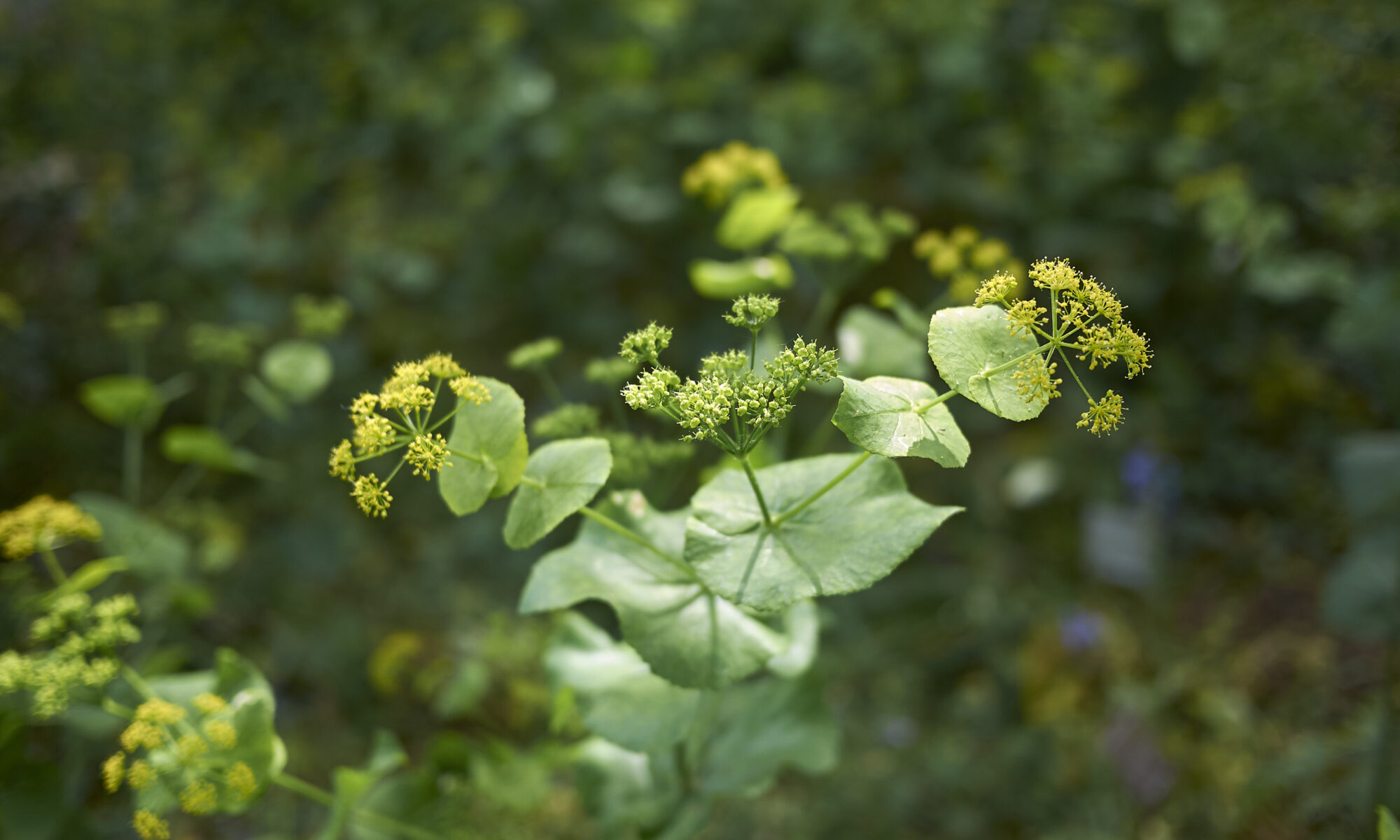Sue Whigham shares some valuable new-to-gardening advice
I’m sure that by now we should be used to the rain but I’m not entirely sure that we are. We had a dry, sunny day the other day and how everybody’s mood changed. Some of us managed a quick first cut of our soggy lawns just to give them some semblance of order. And what a difference it makes.
We are very behind with our late winter tidy up having left the borders for hibernating insects and foraging birds to pick over. However, after reading Dan Pearson’s Spring Dig Delve Newsletter, in which he says that he and his team finished their cut back during the last week in February, panic has set in! I’m sure, though, that with a bit of hard work ‘little and often’, we’ll no doubt catch up.
But for those of you who might be new to gardening, there may be a few tips that you’ll find useful…
Whilst it has been tipping it down outside, I’ve been dipping into The Sceptical Gardener by Ken Thompson who is both a biologist and a gardener. As he says, he has been a gardener for more years than he cares to remember. I was particularly taken with his Top 10 Don’ts which are useful for gardening novices as well as for those who have more experience. I for one have spent years cutting back roses to an outside facing bud when pruning floribunda and hybrid tea roses (although I have only one of the latter). This is Rosa ‘Mrs. Oakley Fisher’, a 1920s introduction with soft apricot single flowers and prominent anthers which grows mid border.
It got a bit smothered by bryony last year and has already had the Ken Thompson treatment so we’ll see how it looks later in the year. He suggests foregoing the careful search for an outside bud, especially if you have a lot of roses, and just cut the plant down hard.
At the top of my ‘to do’ list is ‘Prune Roses’. Tick for having started on that but black marks for not having secateurs cleaned and sharpened before sallying forth. In the end both sets of secateurs are in ‘hospital’ having a thorough overhaul and I’ve had to buy another cheaper pair as I thought that the job just couldn’t wait. So don’t follow this and invest in a decent pair in the first place and keep them sharp and well oiled. You don’t want to tear at the rose stem with blunt secateurs as you work on the plant.
Another don’t, especially useful for someone new to gardening, is not to weed out every seedling in your borders as soon as you spot them. Many plants are desperate to seed and you never know what you might have. Once you know, you can be more discerning but, until then, we have clouds of Smyrnium perfoliatum seedlings in the border in front of the house. I’m not sure how they got there but suspect that we collected a few seeds along the way having spotted an escapee clump on the edge of a local piece of woodland a while ago. They are probably in the ‘wrong place’ as they prefer dappled shade but they can have their day before a few get moved around. There’s plenty of time for this as they are biennial ie. ‘they take two years to grow from seed to maturity’.
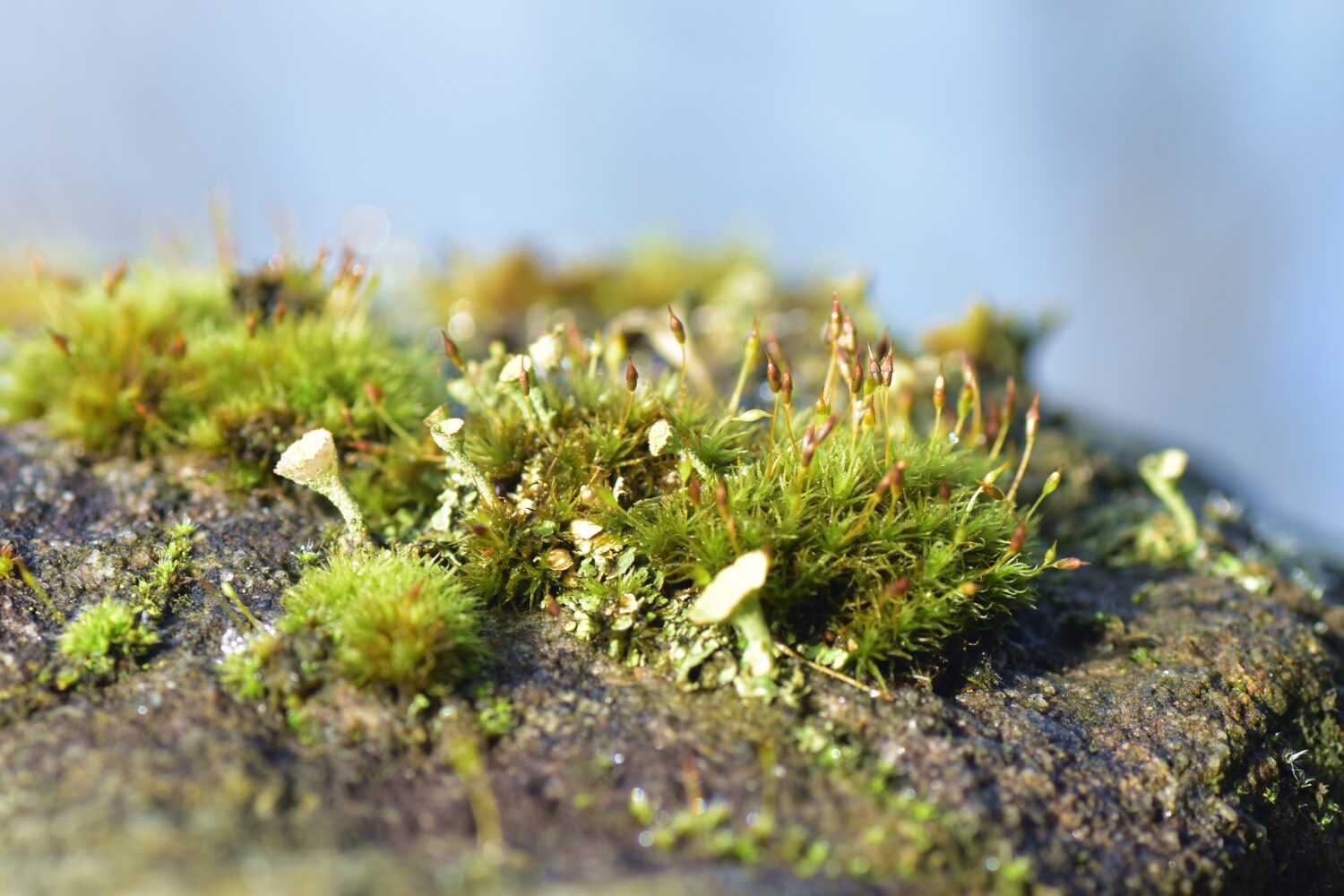
Another very useful tip, pertinent after such a wet period, is to note what happens to our gardens when it has been so sodden for so long. We have been on a hunt for our geums and fear that they have been well and truly lost. I wonder. The 50% of our soil which is usually empty space other than air has been continuously filled up with water for months and some roots will inevitably have drowned through lack of oxygen. Plants that have adapted to damp conditions have evolved to cope with this shortage, but I suspect that other borderline hardy and Mediterranean garden plants might not fare so well. Luckily this wet weather has happened whilst plants have been dormant rather than during their actively growing period in the summer, when the outcome could be far worse.
The answer for another day is by resolving to improve your soil’s structure and drastically improve drainage. This in turn will provide food for earthworms who spend their lives conveniently creating drainage channels for you. And as Ken Thompson, says, nature has been turning green waste into compost for millennia. There is no need to spend money on expensive accelerators. The main thing is to have patience and perhaps not to add too much in the way of tough woody debris unless you’re really not in a hurry. This sort of material slows things up by taking time to break down into that rich, crumbly material that your garden wants and needs. However, I like the look of those huge compost heaps at Great Dixter which reach great heights during the year and which can then be returned into the border once they have broken down into something deliciously friable. In the meantime, they are great for growing pumpkins on.
We’ve tried both bespoke wooden compost bins and a loose compost heap and the latter has proved to be the best.
Sue Whigham can be contacted on 07810 457948 for gardening advice and help in the sourcing and supply of interesting garden plants.

“…nature has been turning green waste into compost for millennia. There is no need to spend money on expensive accelerators”
Everything goes on it apart from stinging nettle roots and bramble as they are both quite difficult to eradicate – but having said that, some nettles are left for wildlife. There’s so much to learn but it is a gradual process and, in the end, you learn from your own experience in your
own garden.
I’m trying to remember where I saw ladies in large hats studiously picking the grass out from a mossy sward on the TV. I think it must have been a programme about Japanese gardens as they celebrate moss and work wonders with it. You may have seen the Japanese garden designer, Kazuyuki Ishihara, winning gold medals year after year for his exquisitely beautiful, tranquil and mossy gardens. We waste time and money on doing the opposite – that is, trying to eradicate moss. Of course it can be reduced by drastically improving the drainage or by using nasty compounds which are a definite no no. Or alternatively, we can just not worry about it, especially in our exceedingly damp climate. Have a closer look at it. It is rather beautiful stuff and is worth celebrating. I could say the same about our moles. They tunnelled around about three months ago creating about thirty five mole hills here. We’ve put aside this beautifully sifted soil for adding to future planting holes or maybe pots and, lo and behold, the moles seemed to have moved off. I’m secretly rather relieved.
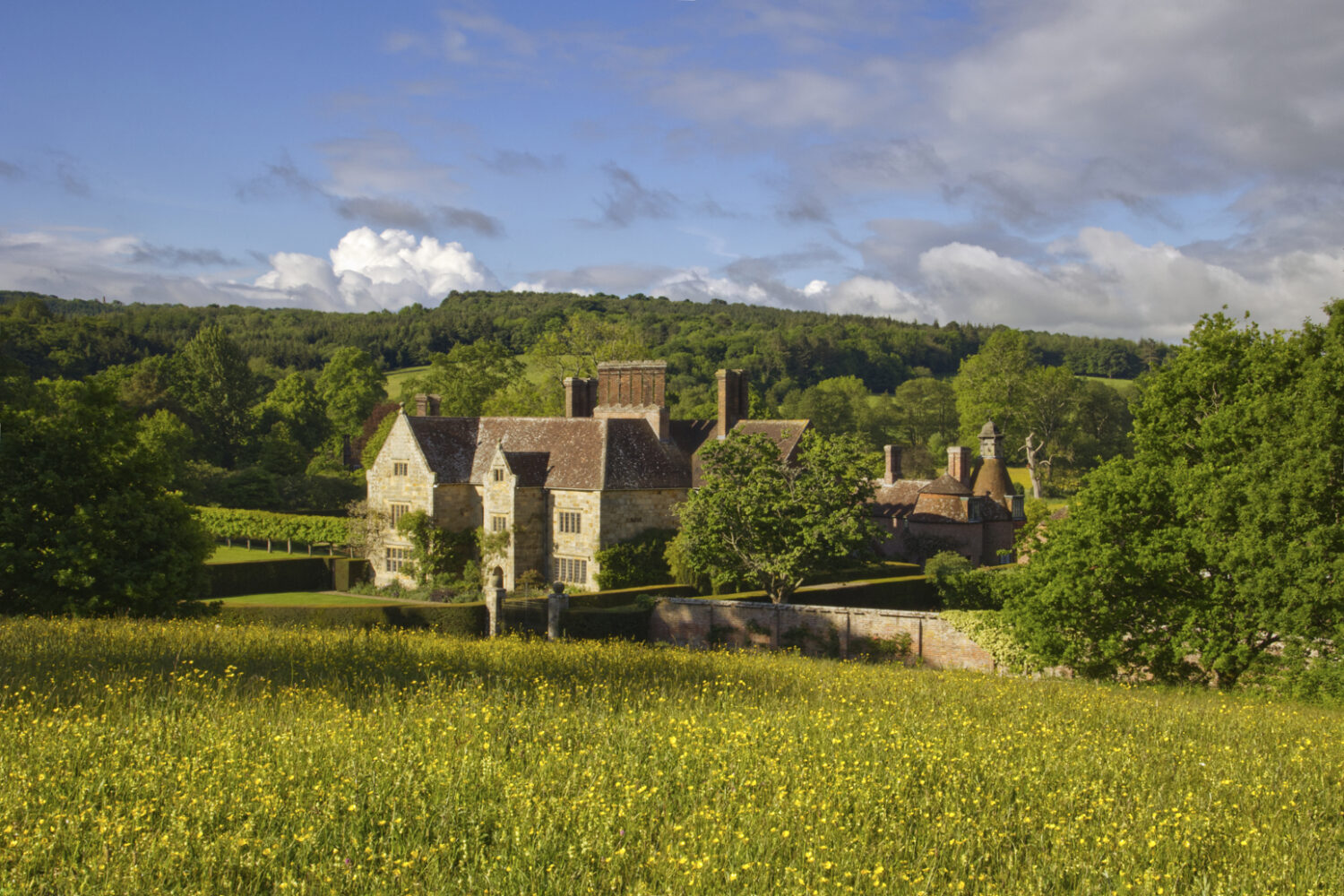
The Gardener’s Datebook
We’re sharing our diary of top things to do and see this spring
Throughout April
Bateman’s Lane, Burwash, Etchingham TN19 7DS
Bateman’s
Explore the beautiful garden at Bateman’s, the former home of Rudyard Kipling. Throughout April, you can witness the beauty of spring as bulbs and early perennials bloom, adding a burst of colour to the garden. The ornamental, wall-trained, and orchard trees will also be blossoming. Amidst the trees, the enchanting wild garden takes the spotlight, with a carpet of flowering bulbs displaying spring colour and scent.
nationaltrust.org.uk/batemans
Daily throughout spring 10am-5pm
Claremont Landscape Garden
Portsmouth Road, Esher, Surrey KT10 9JG
Claremont Landscape Garden
From a duke’s retreat to a princess’s playground, Claremont has always been a place to escape everyday life and enjoy
simple pleasures. Created by four of the great landscape designers of the 18th century; the garden charts the origins of the English Landscape Garden movement. With serpentine lake, amphitheatre, winding walks and shady places, it’s the perfect place to enjoy a scenic walk. This spring and summer, visit for guided walks, family trails, outdoor theatre and a sculpture exhibition with Surrey Sculpture Society.
nationaltrust.org.uk/claremont-landscape-garden
22 April – 6 May
Pashley Manor Gardens, Ticehurst, Kent TN5 7HE
Tulip Festival
In late spring Pashley Manor Gardens will be carpeted with over 45,000 tulips for their annual Tulip spectacle. Visitors can enjoy the tulips in colour themed plantings throughout the sweeping herbaceous borders and historic walled garden. There will also be a marquee of cut tulips, with experts from
Bloms Bulbs on hand to give advice and take orders, and visitors may like to enjoy tea and cake, or a light lunch, from Pashley’s Café.
Tickets sold on the gate on the day at £15.50
pashleymanorgardens.com
25-27 May 10am-5pm
All Saints Church, Biddenden, Kent
Biddenden Flower Festival
All are welcome to the annual Biddenden Flower Festival! This year’s theme,
‘Dreaming of Gold’, is inspired by the Olympic Games and will feature brilliant floral displays created by villagers throughout local 13th century church, All Saints. Other highlights of the festival will include musical interludes, a visit from the Morris Men and a chance to climb the church tower for magnificent views over the Weald. The ever-popular cake stand will be offering refreshments for sale, and a plant marquee will be selling seedlings.
Admission is free but donations are welcome.
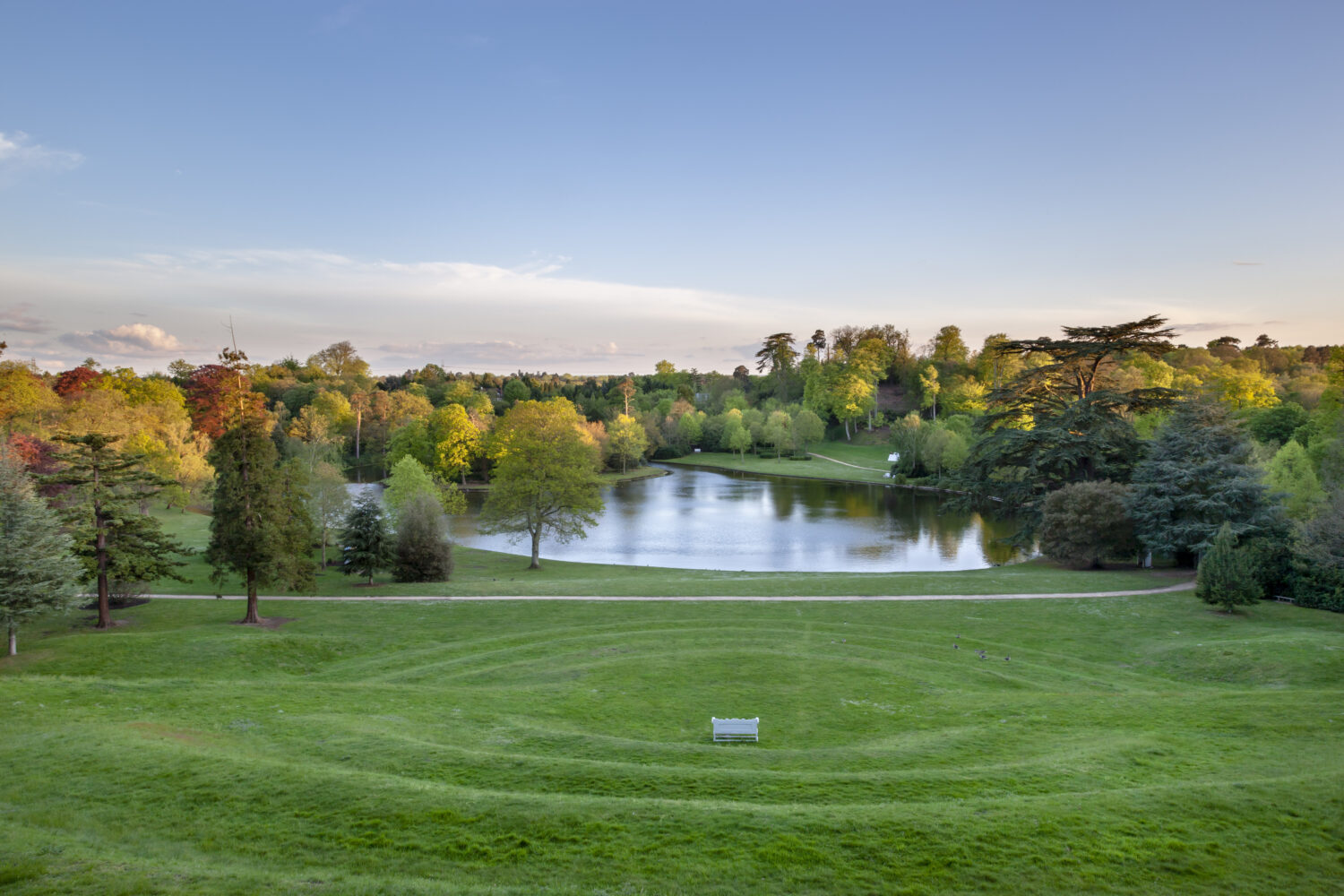

3 May – 2 June & 8 June – 14 July 10am-5pm
Ramster Garden, Chiddingfold & Claremont Landscape Gardens, Esher
Surrey Sculpture Society Trails
Surrey Sculpture Society is delighted to announce two outdoor sculpture trails this summer – one at Ramster Garden in Chiddingfold from 3rd May to 2nd June, and another at Claremont Landscape Gardens, Esher from 8th June to 14th July. The trails will showcase a wealth of original, affordable sculpture with pieces by professional and emerging artists, ranging from modern abstract to classical styles and in a variety of materials. All of the art will be for sale.
surreysculpture.org.uk
30 June —14 July 11am-4pm
High Clandon Estate Vineyard, Surrey GU4 7RP
Art & Sculpture in the Vineyard
A day of high culture at an award-wining Surrey vineyard. As they celebrate their 11th anniversary, High Clandon Estate Vineyard invites you to discover a gorgeous vintage Shakspearean Cuvée alongside 180
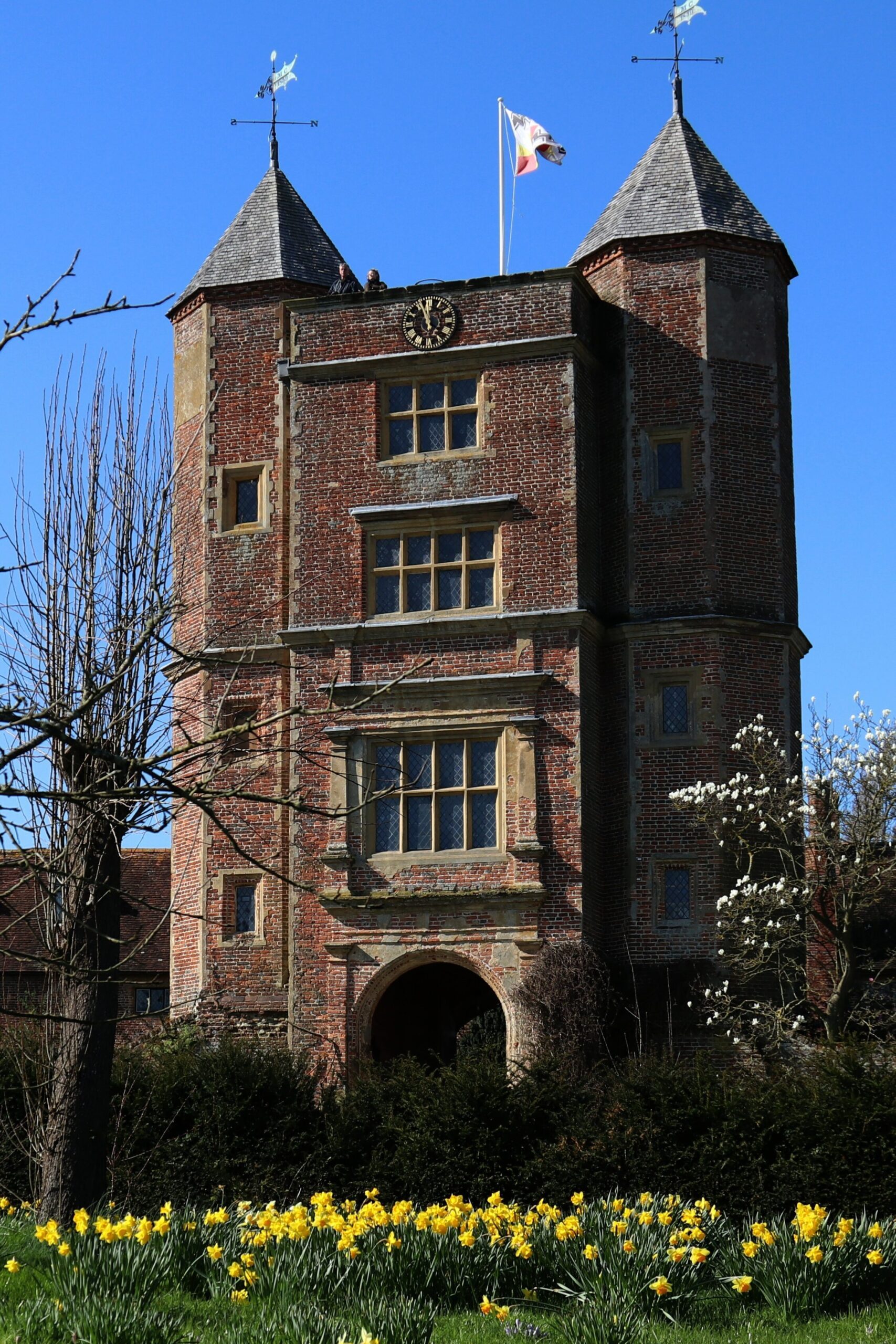
inspirational artworks. Stroll through glorious Wildflower Meadows, a quintessentially English Vineyard, a romantic Rose Arch Walk and the tranquil Japanese Garden. You can also sample Cream Teas by Cherry Trees to fuel your enchanting wandering.
Entrance £7pp donation to Cherry Trees Charity. Tickets pre-bookable on ngs.org.uk
highclandon.co.uk
15 March – 15 August
Painshill, Cobham, Surrey KT11 1JE
Painshill
Painshill is a beautiful landscape garden complete with a gorgeous lake, gothic temple and even a crystal grotto! They are offering monthly guided tours from March to August for just £15 (or free to members), and next month there will be an additional Bird Song Walk that will take you around the gardens, identifying birds as you go. Alternatively, if you’re looking for more of a show, June and July will see a season of live music lates as well as Outdoor Theatre opportunities.
painshill.co.uk
Throughout the year
Brogdale Collections, Brogdale Farm, Faversham, Kent ME13 8XZ
The National Fruit Collection at Brogdale Farm
Discover the wonders of Brogdale Farm’s National Fruit Collection, showcasing over 3,000 varieties of fruit trees. With an Orchard Pass you can get exclusive access to the orchards year-round and take tours to learn the history, heritage, and taste the fruit. Witness the changes throughout the seasons from blossom, through to cherries, plums, apples and pears. They also host family-friendly festivals and events, from the Japanese Hanami Blossom Day to cherry-picking weekends, the delightful Brogdale Cider Festival, and Heritage Orchard Apple picking Days. Engage your little ones with exciting activities like Beastie Day, Teddy Bears’ Picnic, Apple Juicing workshops and outdoor cooking classes. Adults can join rural courses like pruning, wreath making, cider making, willow weaving and many more for hands-on learning. As a charitable organisation, Brogdale Collections ensures the proceeds from every event support their mission to ensure public access and education of the National Fruit Collection for generations to come.
brogdalecollections.org
Daily 11am-5:30pm
Sissinghurst, near Cranbrook, Kent TN17 2AB
Sissinghurst Castle Gardens
Nestled in the heart of the Wealden countryside is the romantic Sissinghurst Castle Garden. April is the time to visit, with colourful spring bulbs filling the different ‘rooms’ of the garden. Magnolia, soft blossom and Narcissi will be a sight to behold. Don’t miss the Lime Walk and Orchards, which will tempt you down their pathways with sweet fragrances.
nationaltrust.org.uk/sissinghurst

You may also like
In the Night Garden
Jo Arnell explains how to make the most of your outdoor space once darkness falls Some enchanted evening you may see me outside – mainly searching for slugs in the garden, because the cool hours of night are when they...
Contain your excitement
Jen Stuart-Smith discusses how to get creative with your pots and planters My love affair with plants started with houseplants when I was a child. As my bedroom windowsill overflowed – resulting, occasionally, in waking up with compost under my...
More than just a pretty face
Jen Stuart-Smith explores the multiple uses of some easy-to-grow garden favourites When you grow flowers for their beauty, shape and colour it can be easy to forget all the other qualities they have to offer. Some are edible, others provide...
